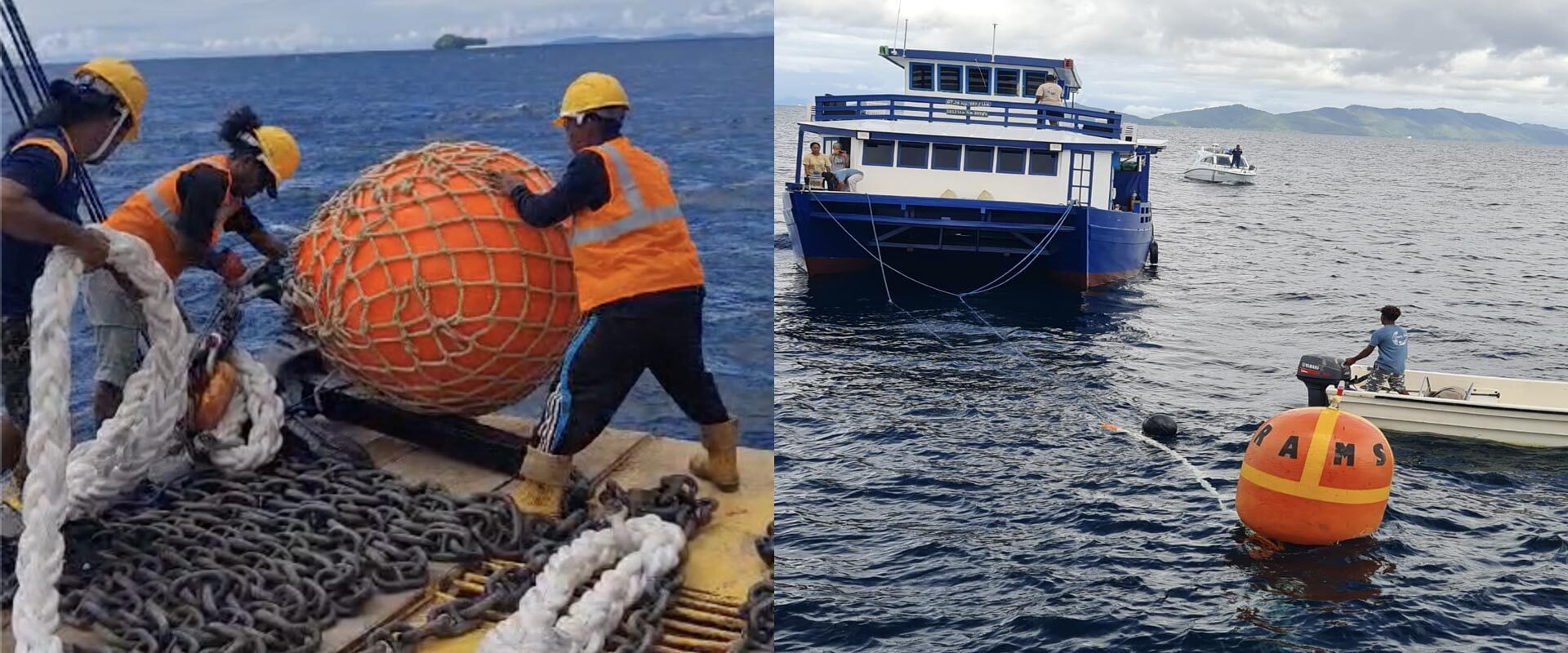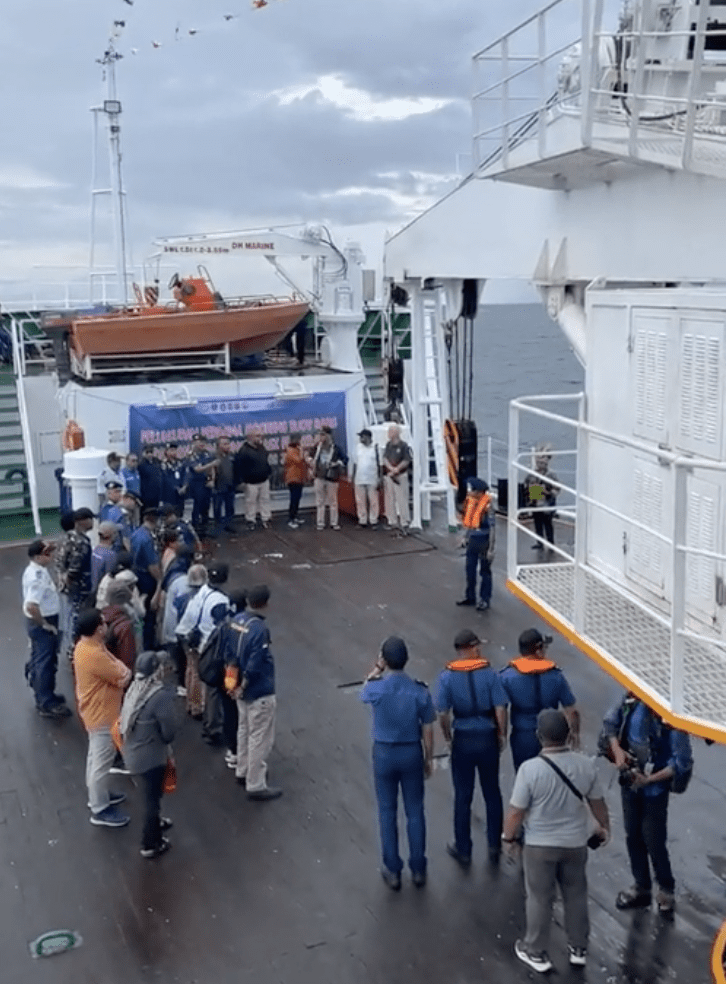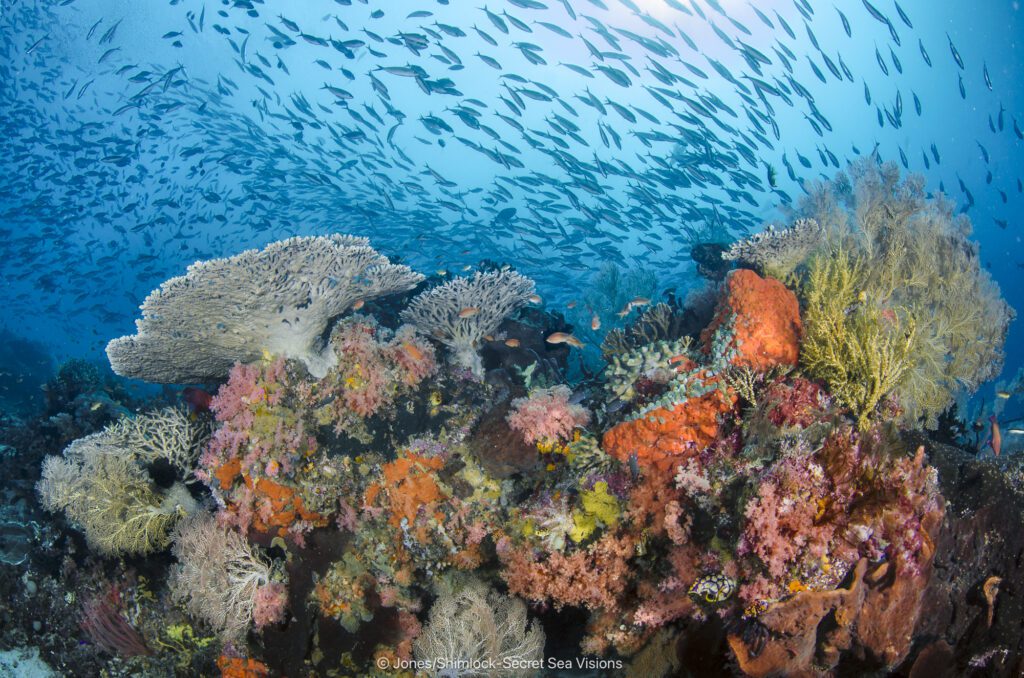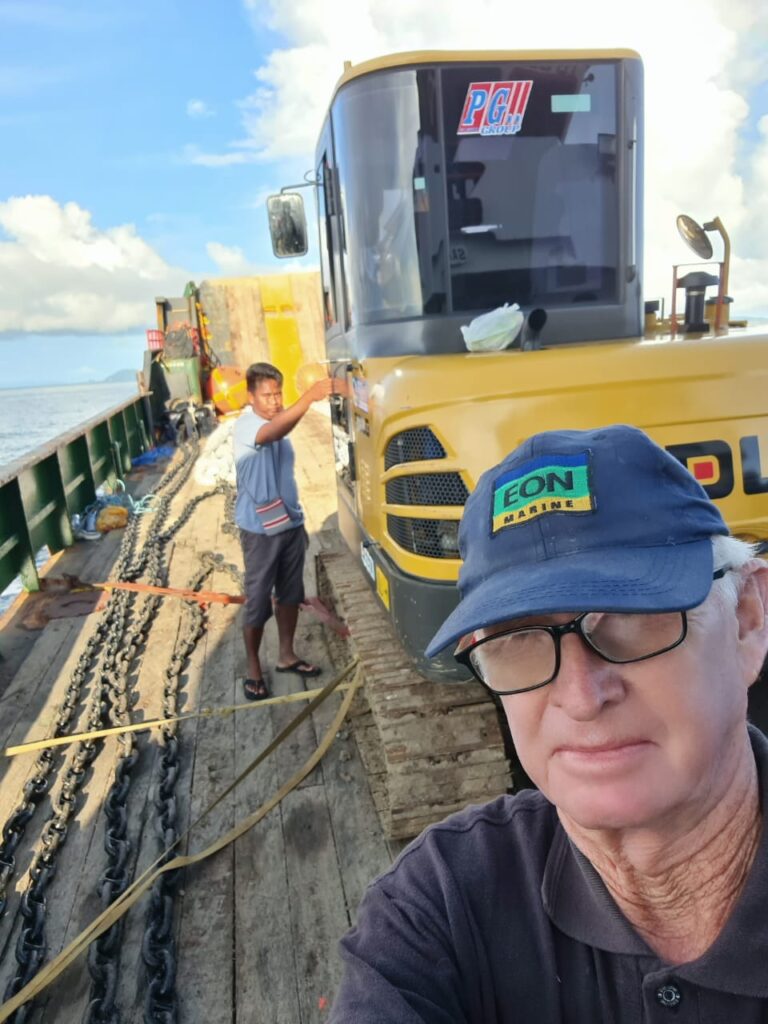First Mooring Buoys for Liveaboards Deployed
On June 7, 2024, two permanent mooring buoys for liveaboard dive boats were deployed by RAMS (Raja Ampat Mooring System). These two moorings represent an important milestone.
While the government and conservationists have attempted installing mooring systems in the past, the results have been unsatisfactory. Now after eight years of study, protracted discussions, planning, obtaining of permits, etc., not to mention a little frustration, a viable system is finally being implemented.
The RAMS program was initiated eight years ago to mitigate damage to the coral substrate caused by the increasing number of vessels visiting Raja Ampat. Tourism in Raja has been growing steadily and there are now approximately 100 vessels catering to the industry. Many of these vessels are small and don’t have the means to anchor in deep water (over 40 meters) where damage to the coral reefs is minimized.
The economy of Raja Ampat is increasingly dependent on tourism. Tourists are flocking to the area to experience the world’s most biodiverse marine habitat. While too much tourism certainly has its drawbacks, the alternative of overfishing, bomb/cyanide fishing, logging and nickel mining is much worse. Protecting the fragile coral reef ecosystem has now become a priority at all levels, therefore a solution to prevent anchor damage on Raja’s coral reefs is a MUST!
Warwick Alliston, whose marine services company PT EON Engineering, built and deployed the moorings, states that the anchors are ships “stockless anchors” weighing 480 kg (500 kg with swivel and shackles) There are two anchors to each mooring joined by 54 meters of 22mm-thick stud link ship anchor chain. The mornings were deployed a nautical mile apart near the popular Mioskan and Friwen Islands.
The system is far from complete as there needs to be sufficient moorings to accommodate every vessel. Completing the project will cost roughly a million dollars. And the government will need to enact a law requiring all vessels to use the moorings. Additionally, a system to manage how many boats can be in each location at a time is currently being developed by the UPTD BLUD (Raja Ampat MPA Management Authority) and will be implemented later this year”.
At the launch ceremony, Roberth Mandosir, Program Director of Papua’s Conservation Indonesia, states that Konservasi Indonesia will continue the work supported by the Global Fund for Coral Reefs (GFCR) in collaboration with the Provincial Government (Pemprov) of Southwest Papua. Mandosir said the installation of the moorings is a first in an Indonesian marine conservation area, and that leaders in Jakarta are currently approaching the relevant national ministries so that RAMS becomes a model, which can be duplicated.








































